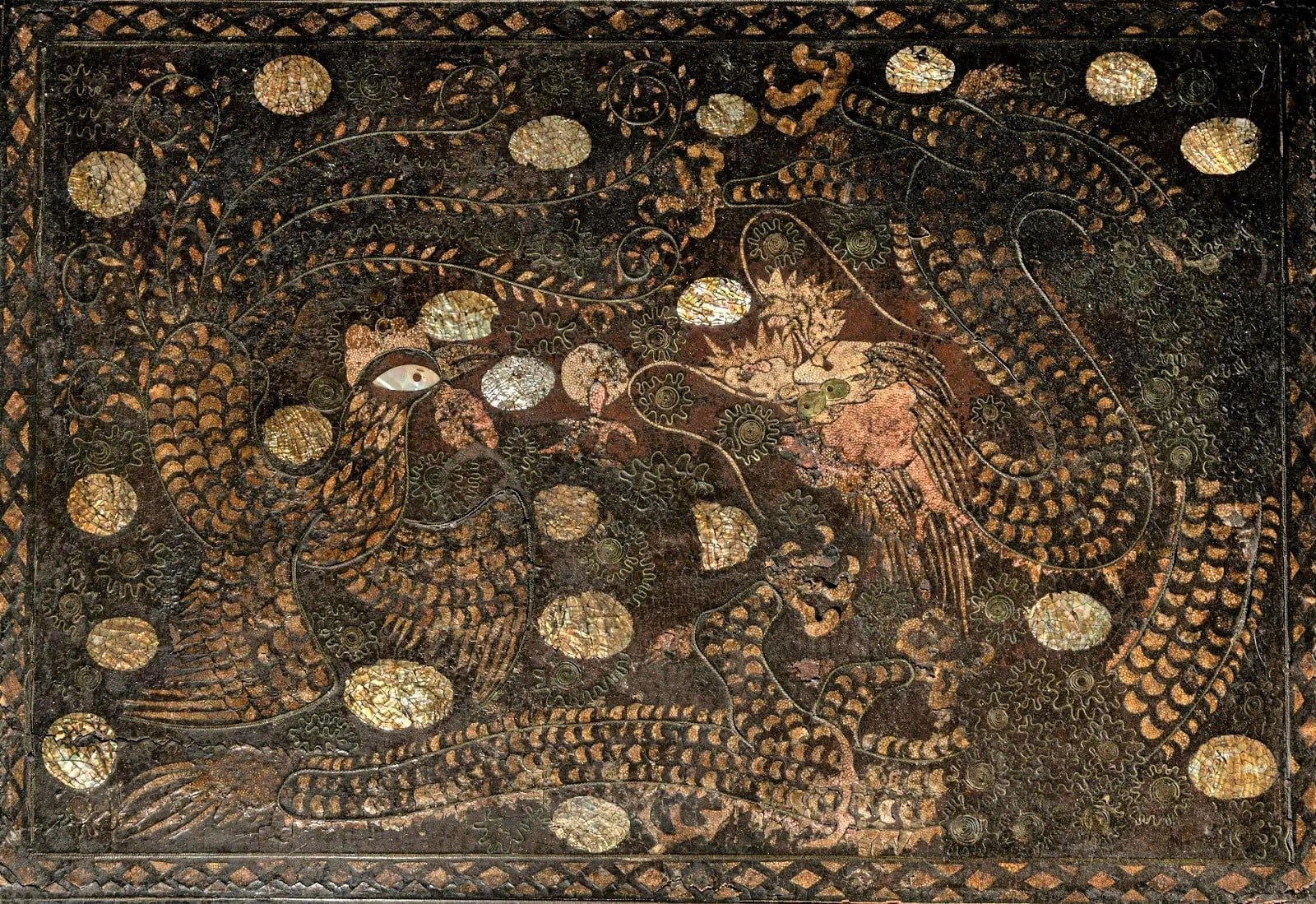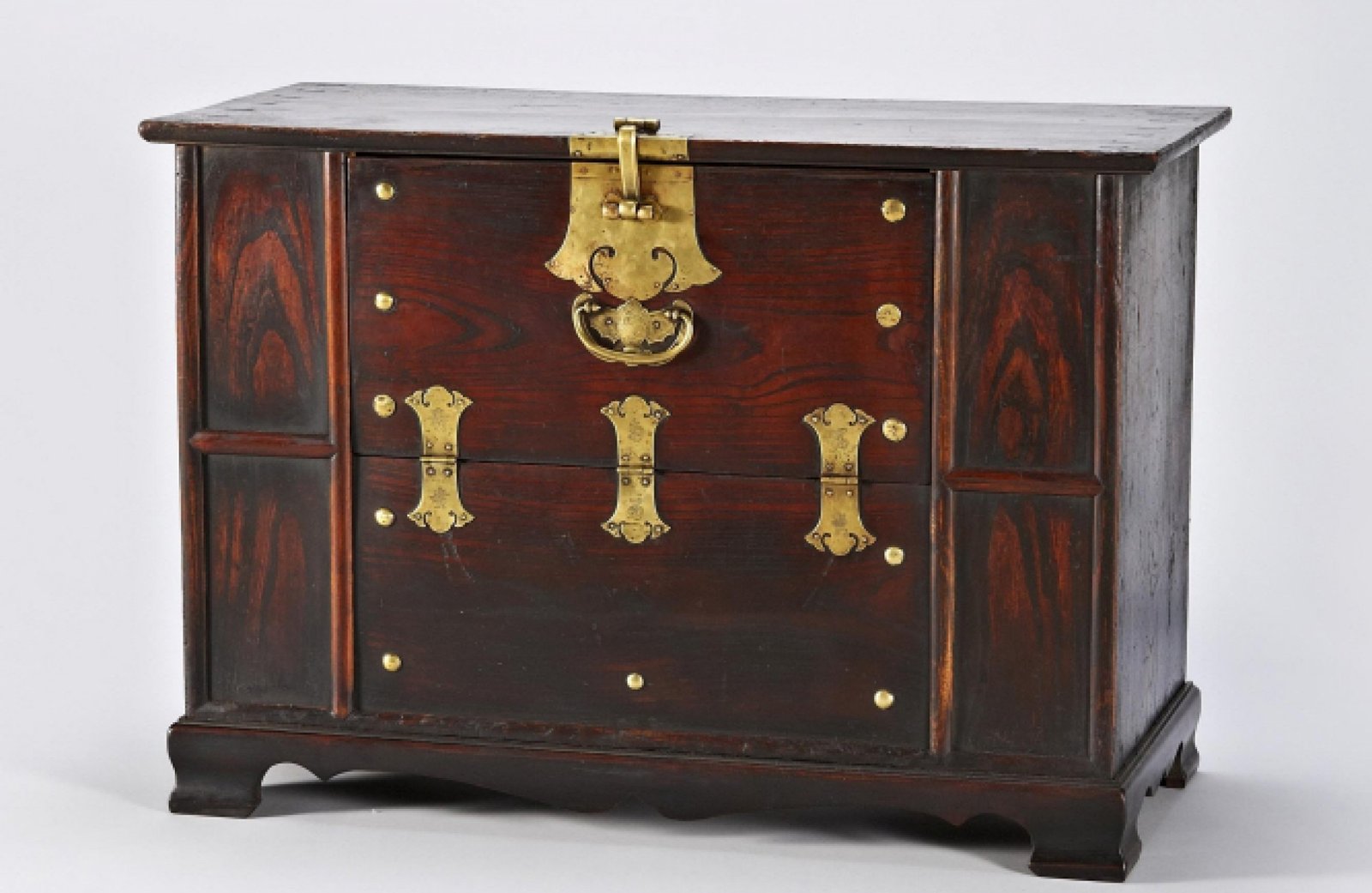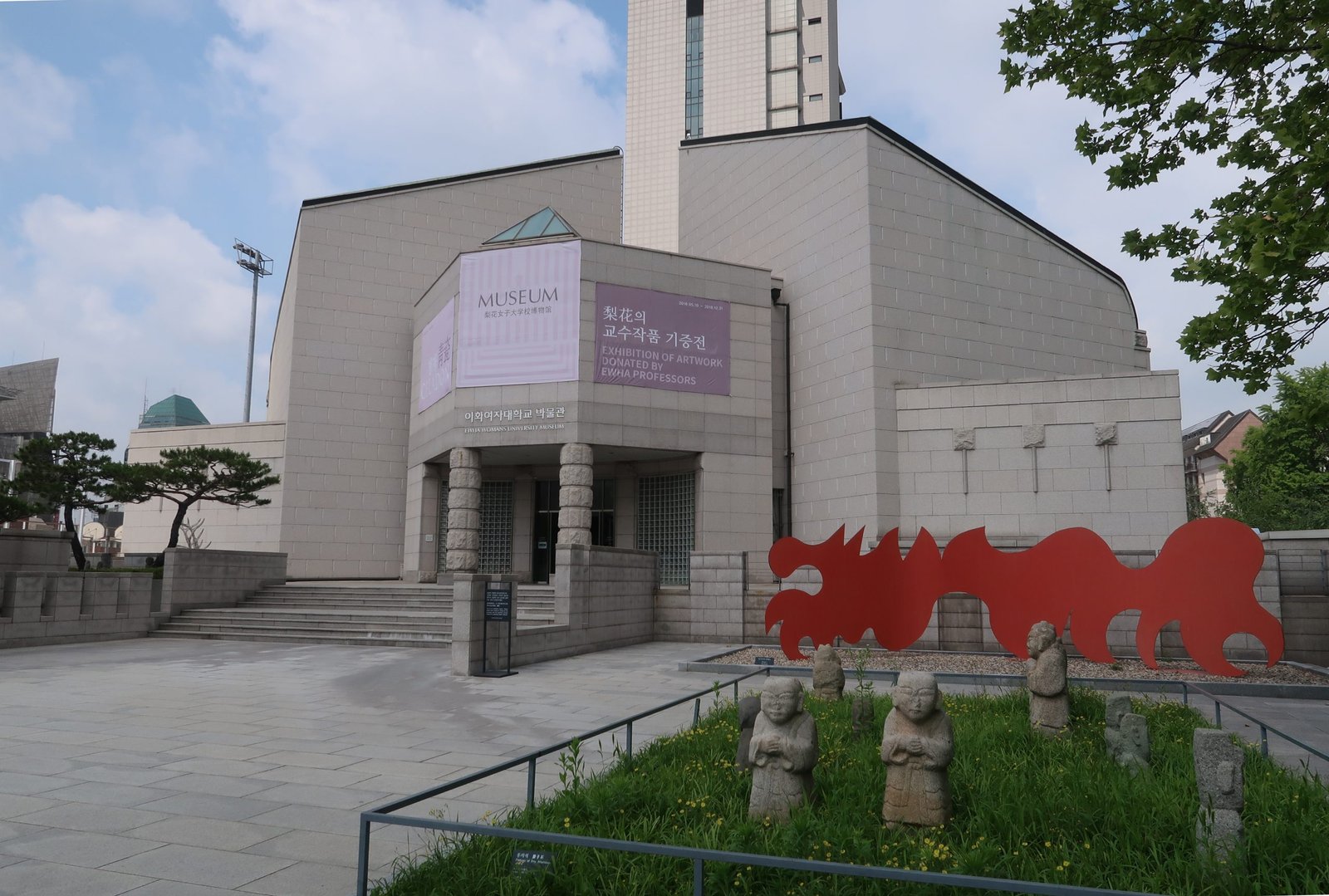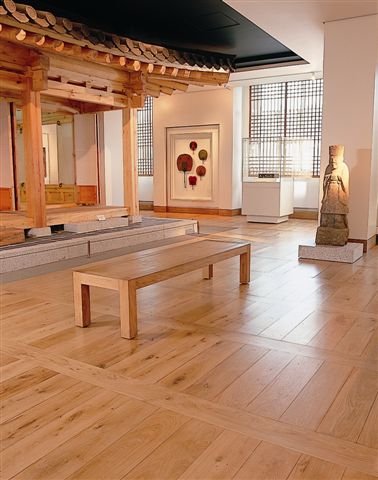FEATURED IMAGE: Wedding Palanquin. Collection National Folk Museum of Korea, Seoul. A palanquin is a covered litter, typically designed for a single passenger, and it is carried by an even number of bearers, usually two. The term is derived from the Sanskrit word “palyanka“, which means bed or couch. Palanquins come in various sizes and […]










